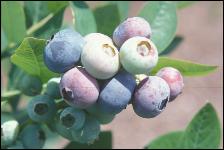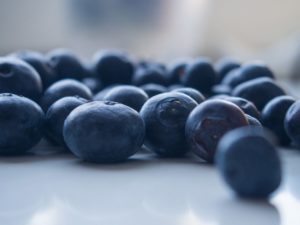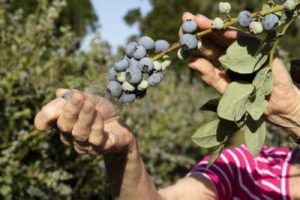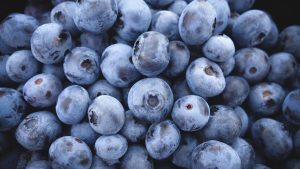What’s Growing On: Breeding Blueberry Cultivars
What’s Growing On: Breeding Blueberry Cultivars
GAINESVILLE, Fla. (WCJB) – Blueberries are in peak harvest now through the third week of April, and the state’s production of the delicious fruit has grown in the past 20 years.
Florida’s blueberry production spans 5,200 acres and nearly 20 million pounds. And they’re not just growing in quantity.
Patricio Munoz, an associate professor and horticultural scientist at UF, says for a type of blueberry to “combine high yield with high fruit quality and consumer liking is not something that we see everyday”.
But lately, Patricio and his team at UF IFAS have grown blueberry cultivars that people across North Central Florida are fond of, before the berries even hit the market.
They’re doing this through taste panels.
The panels consists of 100 members across many different demographics where people take a survey on a berry’s sweetness, sourness, juiciness, and more.
Taste-tester, Kyle Niblett says he likes for blueberries “to have the right texture. You know, they say like the darker the berry, the sweeter the juice. After today I’m a firm believer in that totally. And just a great aftertaste its just absolutely amazing.”
According to Patricio, their department conducts “at least 3 to 4 year tasting panels in the new variety. So that means that more than 300 people taste a new variety before we decide if we move it forward.”
Patricio and his team also investigate what chemicals are responsible for the taste of the most popular cultivars.
And getting these berries to the farmers can be a lengthy process.
To develop a cultivar by traditional methods, it could take up to fifteen years to release the berries to farmers.
However, with advancements in technology, IFAS has been able to finish the process in nearly 7 years.
Patrecia and Farthing are two of the most common cultivars you can find at “you-pick” farms in North Central Florida.
Colossus, Optimus, and Sentinel varieties are still limited in the region, but are starting to be used more.
Copyright 2022 WCJB. All rights reserved. Click here to subscribe to our newsletter.
Read more:





